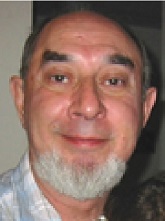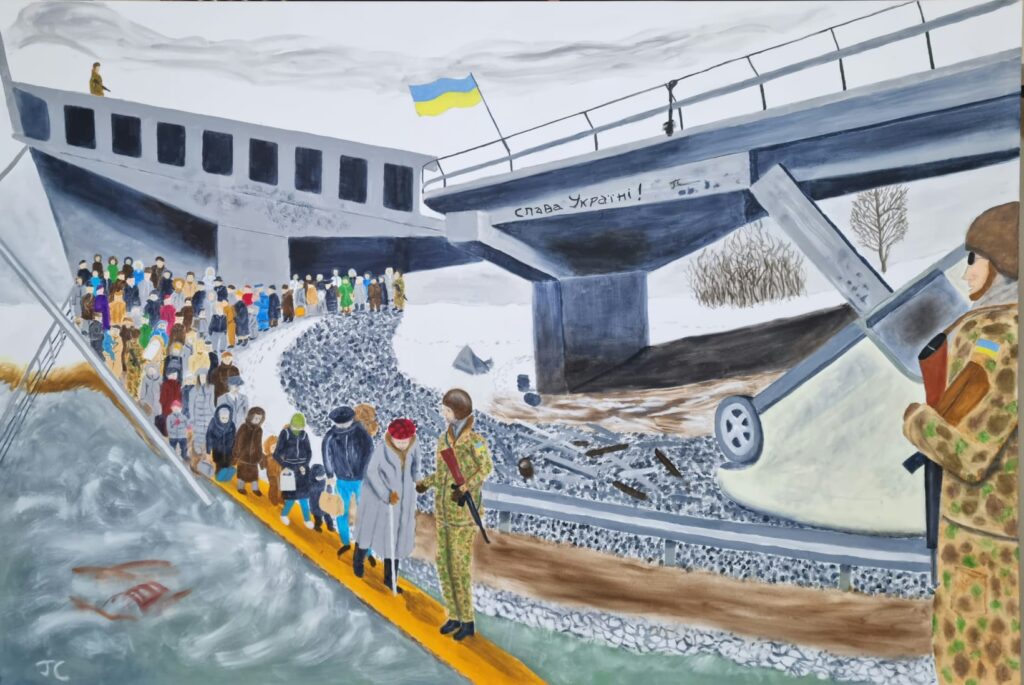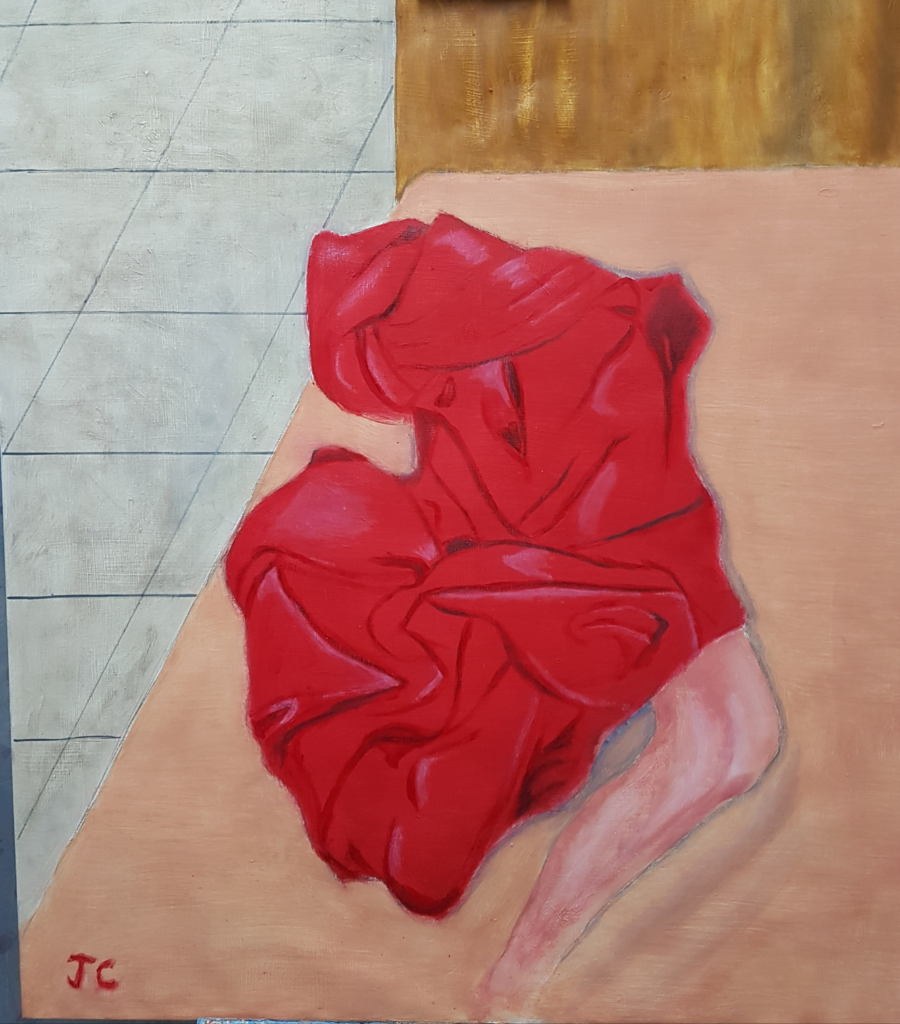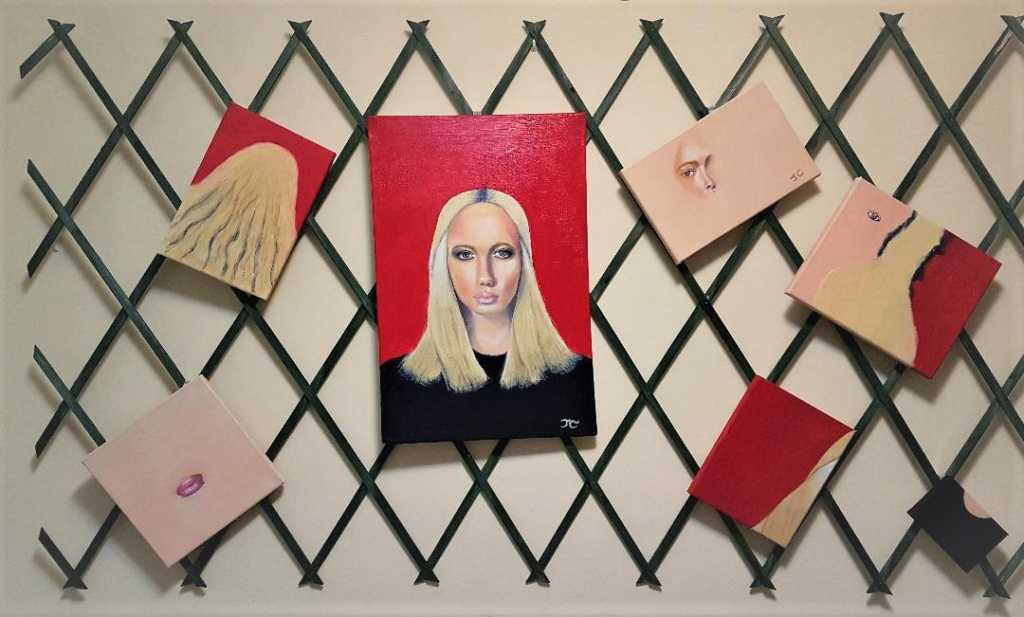
ג'ק נולד בלונדון , אנגליה, ולמד אמנות בתיכון. אבל, בחר בקריירה במדעים, לימים עשה דוקטורט בכימיה באוניברסיטת קיימברידג', החזיק בקריירה מצליחה ביישומי כימיה ביו-פיזיקלית למערכות ביולוגיות כולל תאים סרטניים . שנים רבות לאחר מכן כשהתמקם באזור וושינגטון די.סי התחיל ללמוד אומנות, למד קורסים נחשבים בגלריות ובמוסדות אקדמאיות עם המעבר לנתניה בשנת 1996, למד במכון לאמנות אצל אלכס אומנסקי.
רבים מציורי השמן שלו מכילים אלמנטים גיאומטריים המעורבים עם מרכיבים מופשטים אחרים. זה תואר כצד המדעי/אנליטי שלו במתח עם הצד היצירתי/אמנותי שלו. חלק מהעבודות המוקדמות צבעוניות עזות, בעוד שהעבודות המאוחרות יותר נוטות להיות מאופקות יותר. נושא בולט בשמנים האחרונים שלו היה צללים והטבע המופשט של כמה היבטים של המציאות ג'ק כותב שנים רבות, הוציא מספר רב של ספרים , כולל רומן אוטוביוגרפי הציורים מורכבים מעיין פיסות של מחשבות ורגשות שמתאחדים ויוצרים סיפור שלם , קומבינציה של יצירה עם רגשות ושכל, המוח והלב חלק מהיצירה סגנון סוריאליסטי , בגלל היותו מדען ההפשטה של המרכיבים היא מדעית , מחושבת, ואפשרית. מעל המציאות, במקום להתבונן החוצה אל העולם החיצוני שמחוץ לחלונו של האמן, ג'ק מבקש לשנות את כיוון ההסתכלות ולהתבונן פנימה, אל תוך המחשבה האנושית, ואל תוך נפש האדם, ולהשתמש בחלומות, בדמיונות, ובתת-המודע, כמקור להשראה האמנותית. ג'ק נוגע בהמון היבטים, על השואה , על זמננו , הוא מחייה רגעים קשים במיוחד , גורם להם לחיות מחדש, זו היא גישתו . ג'ק מדען שמאמין שהיצירתיות הדרושה לאמנות והמשמעת הדרושה למדע הם שני צדדים של אותו מטבע . למרות שתפקידו כמדען, הוא מרגיש, הוא מדוד את מה שקיים ביקום, הוא בכל זאת מתענג על האלמנטים הלא מדעיים של החיים, אלה שאינם ניתנים למדידה, אותם הוא מבטא באמצעות ציוריו. TRANSFORMATIVE VISION We do not see with our eyes, we actually see with our brains. The eyes take the signals induced by patterns of light on the retina along the optic nerves to the brain, where they are interpreted as images that reflect reality. Actually everything is seen upside down, but inverted by the brain. In the late 1800’s a Frenchman did an experiment when he wore glasses with inverting lenses. At first he could hardly walk, but after a week he was able to ride a bike. His brain adapted by re-inverting the images I can’t say that I was motivated by this fact in painting the pictures shown here, but it can be inferred that everyone’s vision and interpretation of the world is distinct. Here is an example of how this process worked for me. One day I was lying in bed and I noticed with fascination a complex pattern of lights and shadows moving across the ceiling. I was motivated to understand this mysterious phenomenon: since the sun was in the sky above, how could it be reflected on the ceiling of my room? Like a good scientist, I investigated and saw that the light reflected onto the ceiling came from reflections of the sun on the front windows of cars parked in the car park far below. As the sun moved, the strips of light through the blinds moved across the ceiling, and as cars moved the pattern of lights changed. I had to paint this phenomenon. Looked at as a painting it could be seen as a work of abstract art, a series of bright lines on a yellow background, with a circle nearby (the ceiling light), perhaps a Kandinsky. I eschew the separation of art into “representational” and “abstract” forms. Much of my work lies at the interstices of these extremes. I am fascinated by the abstract nature of much of reality, the ephemeral play of light and shadow and of reflections. REFLECTIONS: From an early age I was fascinated by shadows and reflections. Nurit Klein, who curated this exhibition, saw that many of my paintings are based on reflections, and she proposed to focus on this aspect of my work. From earlier paintings done in the 1980’s of “Lights on a wet road,” “Reflection of a girl on a train,” “Reflection of a tree” and “Sunset 6009” to a later painting such as “Cityscape, Calgary” (2009) where the whole painting is a reflection in a glass building, I have been fascinated by reflections. There is also another notable innate feature in my work, namely geometric patterns, usually a pattern of lines or squares. All of the paintings represented here have such a pattern, and so do many more not shown. I cannot satisfactorily explain this phenomenon, except as a desire for order in the universe, a motivation that underlies my interest in science. NUDES: The future of mankind depends mainly upon one thing, men and women’s attraction to each other. The nude has been a subject of fascination for artists since man began to draw on cave walls. The earliest known Mediterranean religions worshipped Goddesses, who were the epitome of female fertility. I am therefore perpetuating an ancient trend by painting nudes. Hopefully, my nudes are a little different. For me, painting a nude is like painting a landscape. You have the same hills and valleys, the same shadows without which the nude landscape has no seductiveness. I have painted nudes with a difference from “zebra woman” to “progression of form.” These paintings are intended to be both beautiful and provocative.

http://jackcohenart.com/recent.html


Curved Facade Oil on canvas 70×100 cm (Dec, 2021)







הנופלים (בערך 1985)שג'ק היה צעיר היה אובססיבי לגבי השואה "Amanuensis" הוא ומשפחתו חוו אנטישמיות קיצונית. כאשר ראה את תמונות הגופות מהמחנות דחופים זה נחרט בזכרונו ובנפשו. כמו האנשים שישנים במחתרת הלונדונית שהפכה לנושא עבור הנרי מור בפסליו, ג'ק רצה לתאר את הגופים האלה בציור. אבל, לא יכול היה לצייר אותם רק בשחור ולבן כמו גופות, רצה להחזיר להם מידה של חיים. ג'ק אימץ את הסגנון של אנרי מאטיס, שצייר כמה ציורים של רקדנים במעגל בצבעים עזים בשנים 1909-10. במוחו התמזגו שתי התמונות והפיק ציור של קורבנות השואה כאילו הם עדיין רוקדים במוות. ג'ק מאמין שגישה זו היא חדשנית ומוסיפה לתחושה שלנו כלפי הקורבנות.

